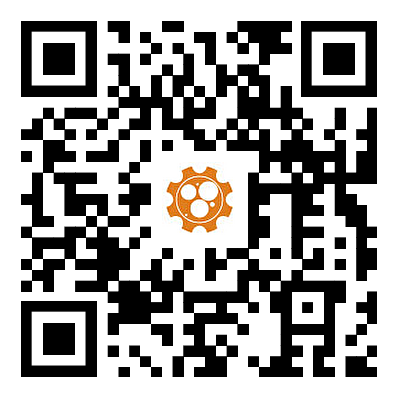What is different about industrial sewing machine?
2023-10-18
Industrial sewing machines differ from standard household sewing machines in several key ways due to their intended use in commercial and heavy-duty applications. Here are some of the main differences between industrial and household sewing machines:
1. Construction and Durability: Industrial sewing machines are built to withstand rigorous and continuous use. They are constructed with heavy-duty materials, such as cast iron or steel, to handle thicker fabrics and multiple layers. This durability ensures that they can handle high-volume sewing without wearing out quickly.
2. Speed and Power: Industrial sewing machines are designed for high-speed operation, allowing for significantly faster sewing compared to household machines. They are equipped with powerful motors that can handle continuous sewing for extended periods.
3. Stitch Variety:Industrial machines offer a wide range of stitch types to accommodate different sewing tasks. They can perform basic straight stitches, zigzag stitches, lockstitches, chain stitches, overlock stitches, and more, depending on the machine's specialized features.
4. Feed Mechanisms: Industrial sewing machines feature various feed mechanisms designed to handle different fabrics and sewing requirements. These mechanisms include drop feed, needle feed, walking foot, and puller feed, which provide better control and accuracy when sewing heavy or bulky materials.
5. Size and Weight:Industrial machines are typically larger and heavier than household machines due to their heavy-duty construction and larger working area. This provides more stability and support for sewing larger and thicker materials.
6. Foot Presser: Industrial machines have adjustable foot pressers that allow for precise control over the pressure applied to the fabric. This feature is essential when working with varying fabric thicknesses.
7. Thread and Bobbin Capacity:Industrial machines are designed to accommodate larger thread cones and bobbins, reducing the need for frequent thread changes during continuous sewing tasks.
8. Table and Stand: Industrial sewing machines are often sold with a separate table and stand, which provides a stable and ergonomic work surface. This setup allows for easier handling of large fabrics and improved control during sewing.
9. Specialized Attachments:Industrial machines come with a variety of specialized attachments and accessories tailored to specific sewing tasks. These attachments enhance the machine's versatility and performance.
10. Noise and Vibration: Due to their heavy-duty construction and high-speed operation, industrial sewing machines can generate more noise and vibration compared to household machines.
11. Skill and Training: Operating an industrial sewing machine requires proper training and expertise due to their complexity and advanced features. Industrial sewing machine operators need to understand the machine's functions, adjustments, and maintenance procedures.
12. Cost:Industrial sewing machines are generally more expensive than household machines due to their heavy-duty capabilities and advanced features. However, the increased productivity and durability often justify the higher upfront cost for businesses with demanding sewing needs.
Overall, industrial sewing machines are designed to meet the specific demands of commercial sewing operations and heavy-duty applications. They offer increased speed, durability, and versatility, making them essential tools for industries such as apparel manufacturing, upholstery, automotive, and more.


